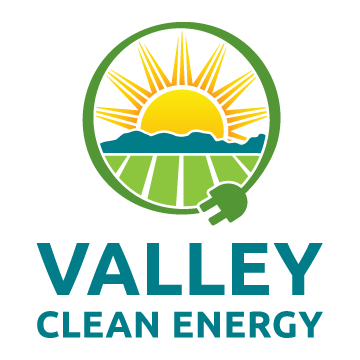Climate change is here. The impacts are becoming ever more serious. Fossil fuel combustion is the main cause. We need to lower Greenhouse Gas Emissions rapidly. Community Choice Energy programs such as VCEA can be part of the solution.
Sea level rise, increased drought and floods, higher temperatures and more devastating wildfires are among a number of indicators that have been telling us for quite a number of years that climate change is impacting our lives, our health and our ecosystems. The recent fires in our state including the devastating Camp Fire of this past year, are just harbingers of what is to come.
Burning fossil fuels leads to CO2. This is bad for at least two reasons. First, physics tells us that the CO2 produced from burning fossil fuels traps heat in our atmosphere. The more CO2 that is produced, the more heat is trapped. This trapped heat warms the air, the ocean and the land. This warming is termed the greenhouse gas effect, thus CO2 is termed a Greenhouse Gas (GHG). The ultimate result of burning fossil fuels is climate change.
Second, increased CO2, when it dissolves in water, leads to increased acidification in our oceans. This is a double whammy for ocean life as warm and higher acid conditions are not optimal for ocean ecosystem survival.
The science is clear, we need to lower GHG emissions and rapidly. To do this we need to pivot from fossil fuels to renewable, clean energy sources such as solar, wind and geothermal. Recent studies including the IPCC report of September 2018, the 4th National Climate Assessment and the 4th
California Climate Change Assessment highlight the need for rapid decline in GHG emissions. The IPPC study warns that we have just 12 years to rapidly lower GHG emissions if we are going to avoid the truly catastrophic effects of climate change. We are in a “climate emergency”.
The need to rapidly reduce GHG emissions is a daunting task and one that will require leadership from the federal and state level as well as at the local level. CCAs offer the opportunity to be transformative in the energy they deliver their local customers. VCEA’s mission statement includes the phrase that they will deliver “cost-competitive clean energy”. At the moment the renewable content of the base electricity provided by VCEA is 42%, compared to 33% for base electricity supplied by PG&E. VCEA also offers an opt-up to electricity that is 100% renewable— a good option.
Climate change and the role that CCAs in general and VCEA in specific can play in helping to address it is the subject for much more than this introductory blog. Other blogs in the future, from me and other Community Advisory Committee (CAC) members, will delve into a variety of related topics. Be sure to see the initial blog from CAC Chair Gerry Braun and the short and long term vision statements posted here.
Christine K. Shewmaker, Ph.D. is a retired plant molecular biologist. She has been active in the climate and environmental arena for over a decade. Presently she is on the Board of Directors of Fossil Free California where she leads the legislative effort.

